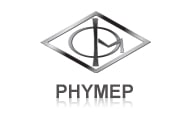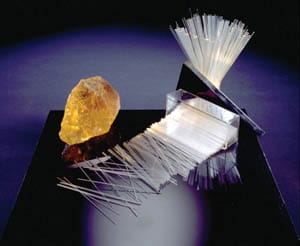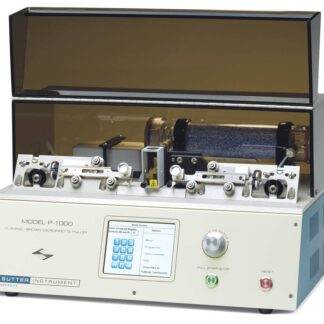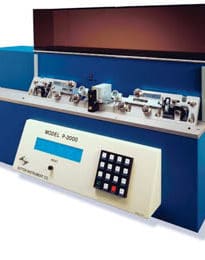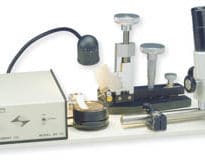Description
Sutter Instrument Company, in addition to the finest micropipette pullers available, offers a wide selection of high quality capillary glasses in various sizes and materials. Though there are many types and sizes of capillary glass available, we have carefully selected only those that pass our criteria. Our expertise in micropipette technology assures you of precision and high quality.
We offer capillary glass tubing in three different compositions; quartz, borosilicate and aluminosilicate. Each composition has its own unique properties and the selection will be determined by your application and your puller’s capabilities.
Fire Polishing
All borosilicate and aluminosilicate capillary glass offered by Sutter Instrument have fire-polished ends. This process eliminates any sharp edges, making it easier to insert into holders, and does not affect the electrical or mechanical properties of the glass.
Custom Pipettes
Sutter Instrument can make custom pipettes and microtools not commonly available from other pipette manufacturers. The custom pipettes are considered non-sterile and are manufactured for research applications and non-human use. Please contact Sutter Instrument for further details.
Sizes
Sutter Instrument capillary tubing is available in a broad range of wall thickness which allows you to select the size necessary for your application. The ratios of inside diameter to outside diameter typically run between 0.5mm and 0.75mm with the lower value being referred to as thick wall tubing and the top of the range as thin wall tubing. All other factors being equal, the thicker wall capillaries produce pipettes with longer tapers and smaller tips which make it more suitable for intracellular microelectrodes. These thicker wall pipettes tend to reduce the noise contributions due to capacitance which makes them more suitable for patch clamp pipettes. Thinner wall tubing allows for larger pore openings which make it ideal for microinjection needles and low resistance microelectrodes.
Filamented Glass
–
Filamented glass has a small rod of glass annealed to the inner wall and this rod (filament of glass) creates the capillary action required to back-fill the pipette with solution. If the resulting pipette tip is under 1µl and being used for microinjection or being used for recording, we recommend « filamented-glass ». The filament in the glass not only provides capillary action for quick filling of the micropipette, it also helps to reduce the incidence of air bubbles when introducing solution into the pipette.
